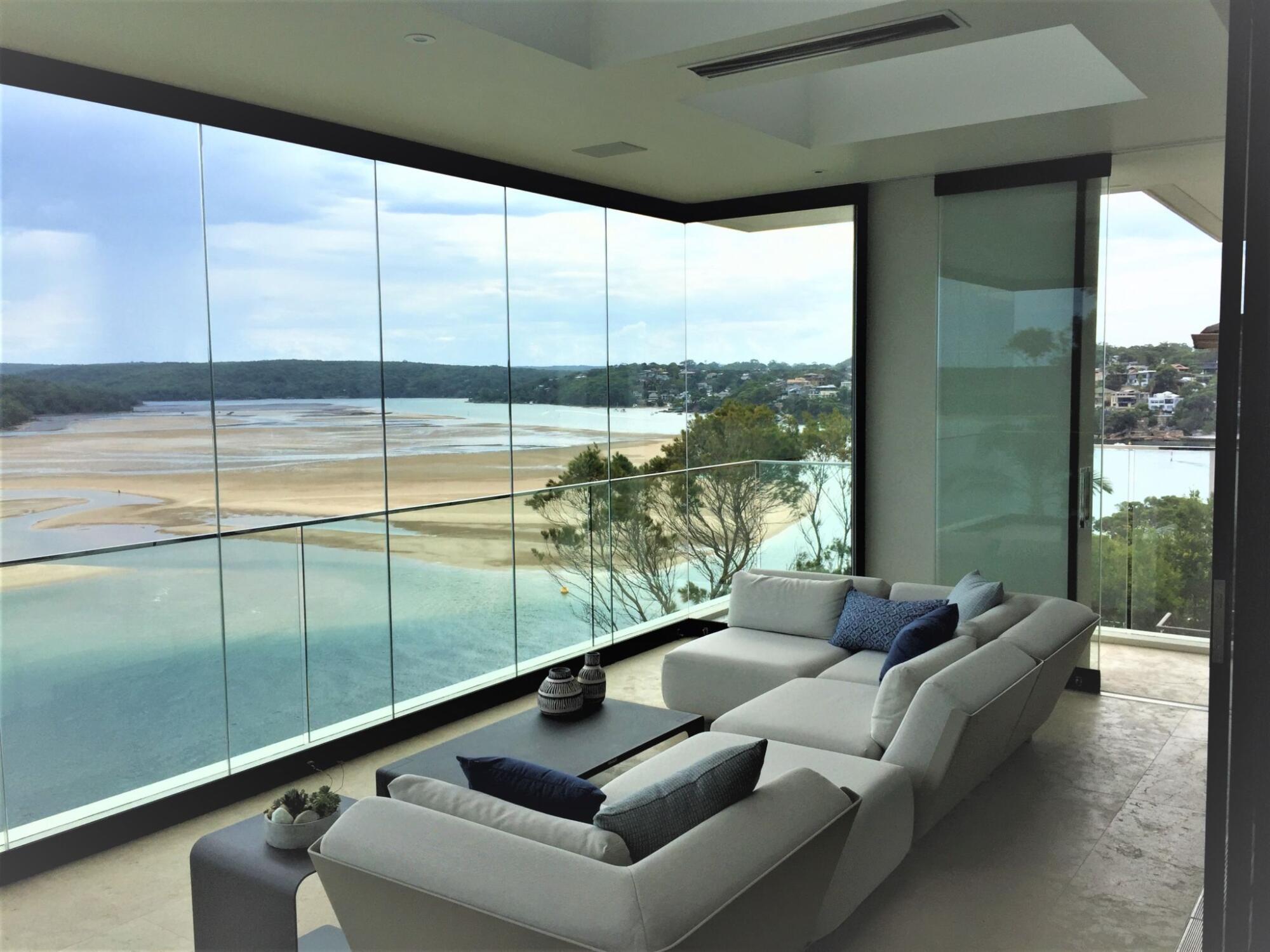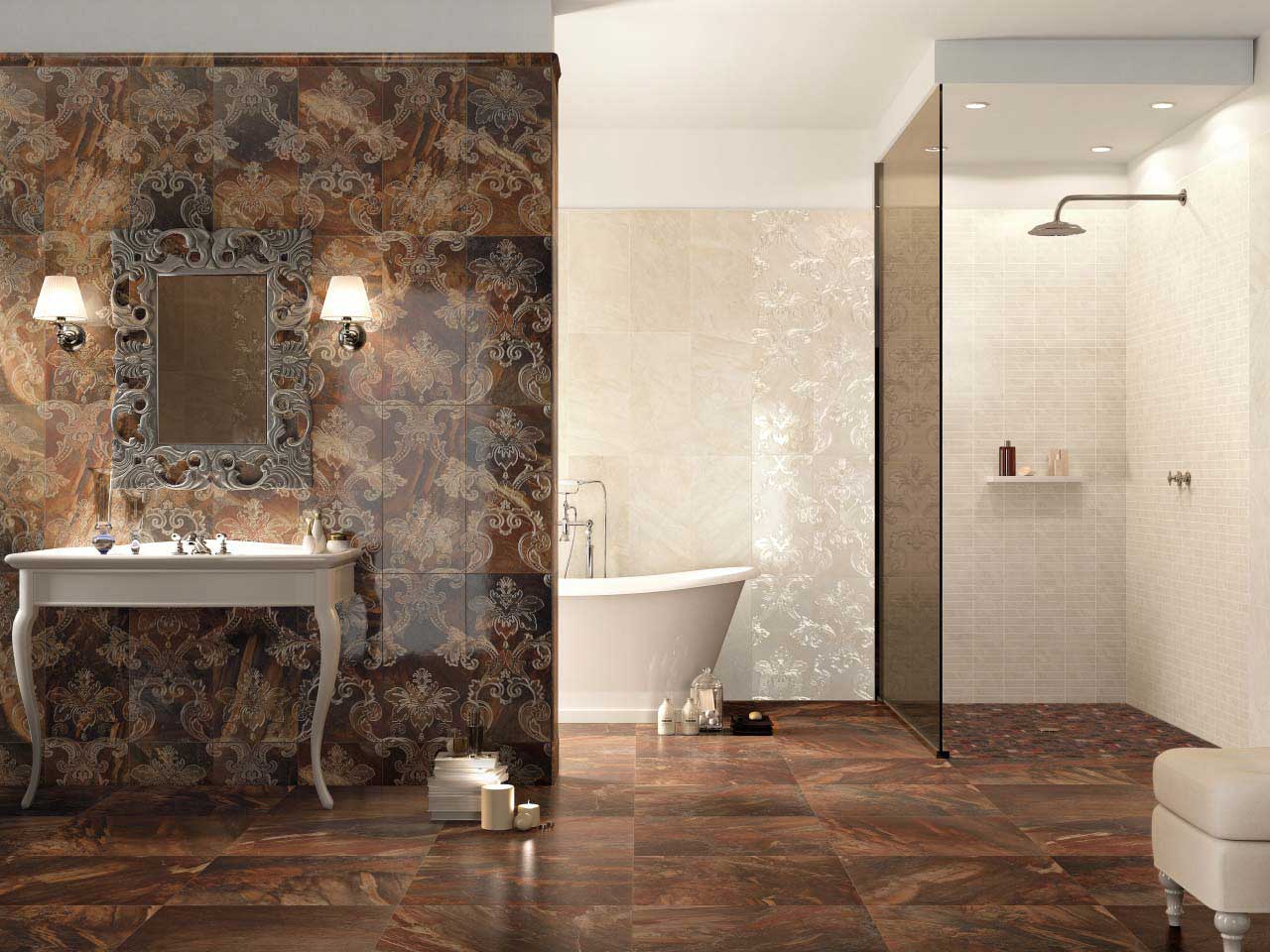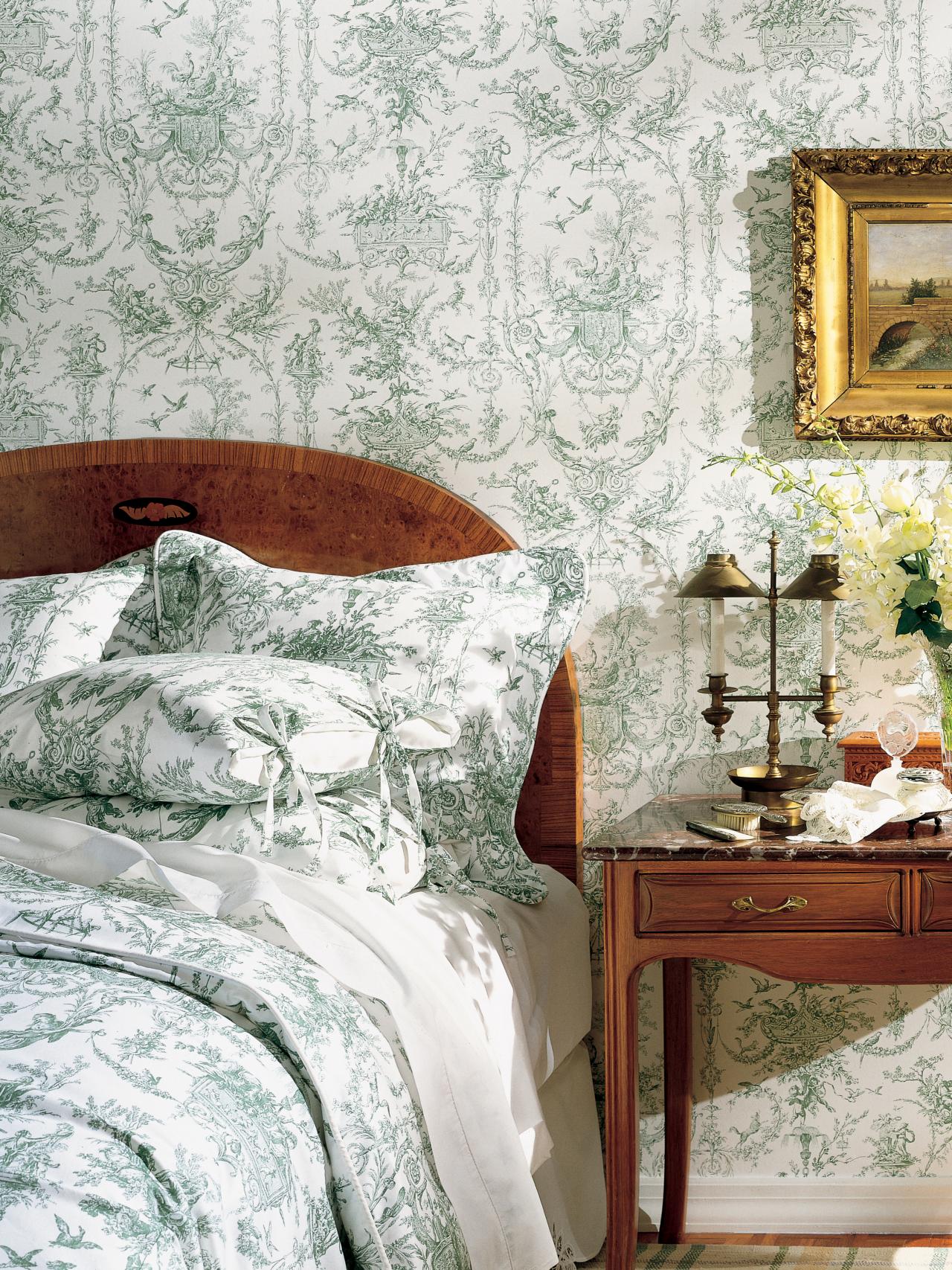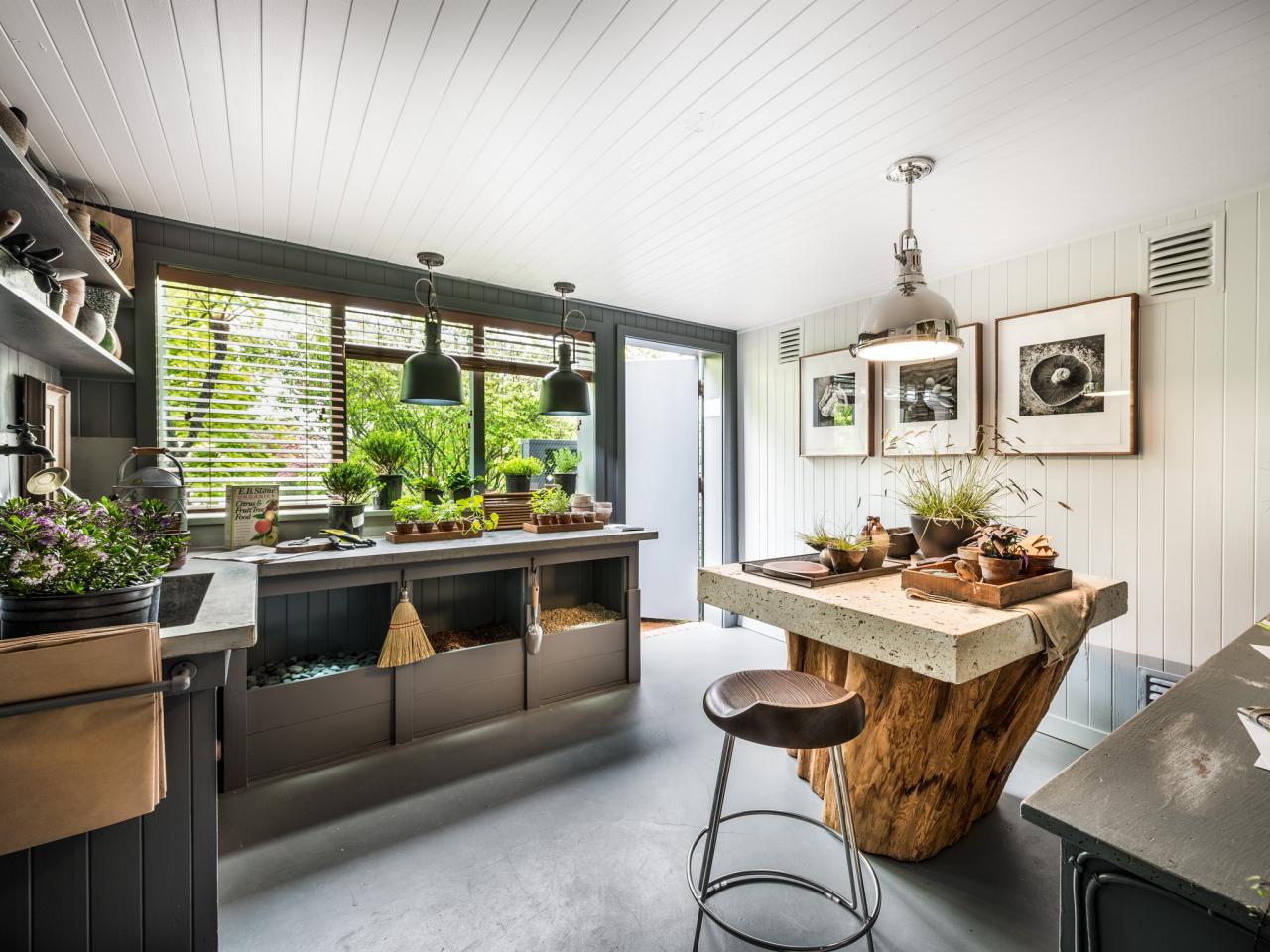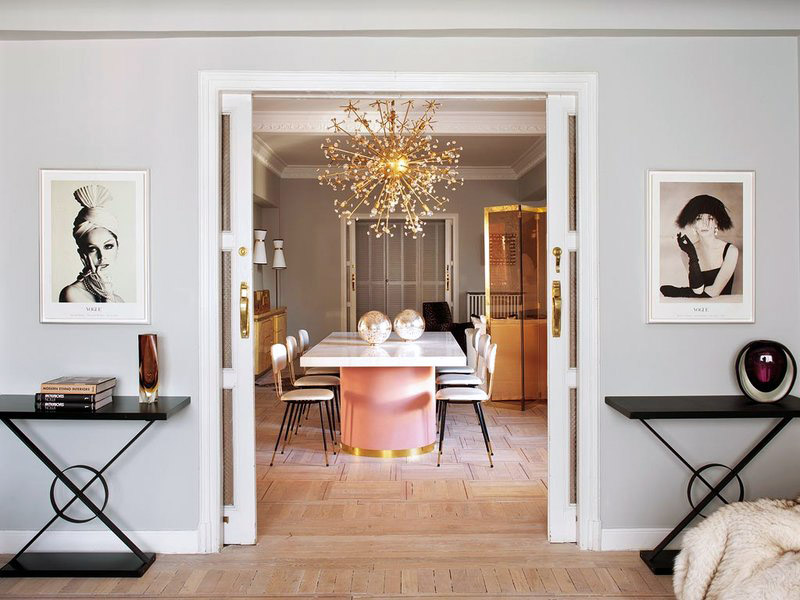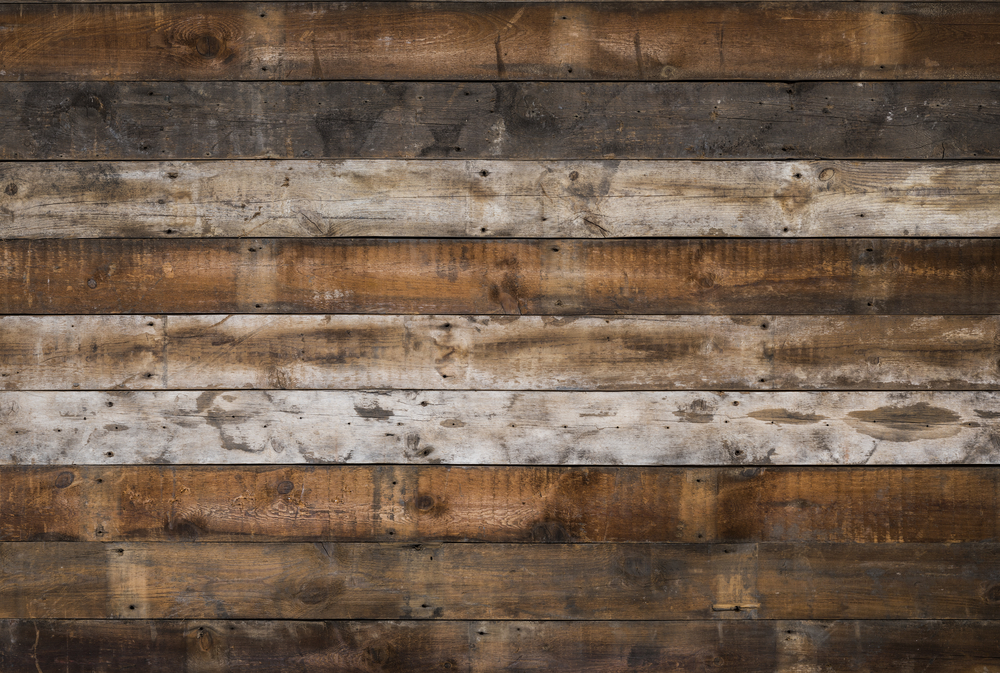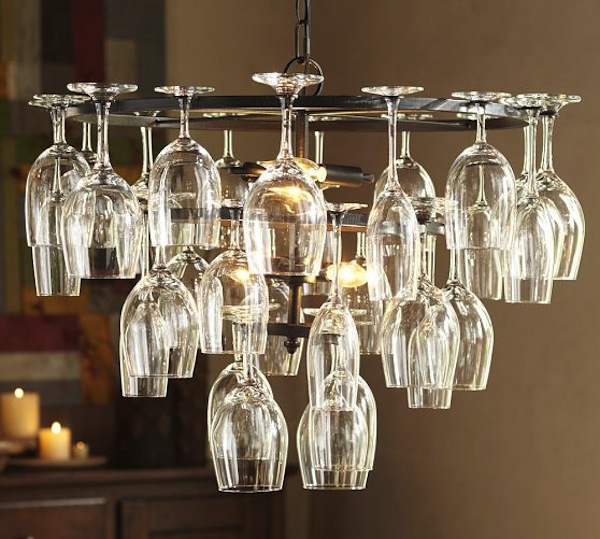We all crave a nurturing home environment in which we can relax and recharge. Consequently, the psychology of interior design is often discussed; picking the right colour schemes to conjure restful and sociable spaces and the soft furnishings to complement them are constant joys (or, perhaps, ever-present challenges).
Our collective preoccupation with ideal interiors can make it all too easy to overlook something which is even more fundamental to the feel-good fabric of your home — the structure and building materials that can be used to add the feel-good factor to the construction of the space itself. Among these, one of the greatest unsung heroes is architectural glass.
The time is ripe for architectural glass to shine as a building material. Increasing numbers of developers and homeowners are incorporating structural glazing into their designs — for new builds and refurbishments alike. This introductory guide shines a spotlight on its many surprising benefits.
1. Dissolve boundaries and declutter
With mental clarity increasingly linked to an absence of physical clutter — a concept popularised particularly in recent years by the Japanese organising consultant Marie Kondo — ingenious ways of creating a sense of openness and expansion are becoming increasingly popular in home design.
Glass floors, doors and walls can be introduced into designs a variety of different ways to bring clarity and a sense of expansion to your experience of your home. This can range from creating a seamless sense of connection between different areas — and even storeys — to blurring the boundaries between home and garden,
2. Boost access to natural light
When an increased abundance of natural light enters your property — for instance, through a well-positioned skylight or by swapping out a traditional part of the infrastructure for a glass wall or roof — this increases our vitamin D production.
This results in multifarious medically-researched benefits for the wellbeing of you and your loved ones. You’ll enjoy deeper sleep at night and increased productivity and focus during the day as your body-clock resets, as well as healthier hair, skin, nails, a better mood and sunlit breakfasts. What’s not to love?
3. Connect with nature
The benefits of having greater access to natural light are particularly evident during the colder winter months. In this period, getting sufficient sunlight via a well-configured home and workspace can even prevent or reduce Seasonal Affective Disorder (SAD).
Homes that offer a great view of the surrounding outdoor area, furthermore, can facilitate your connection with nature. This lowers stress levels, increases contentment and is scientifically proven to make us more environmentally conscious; a world of benefits.
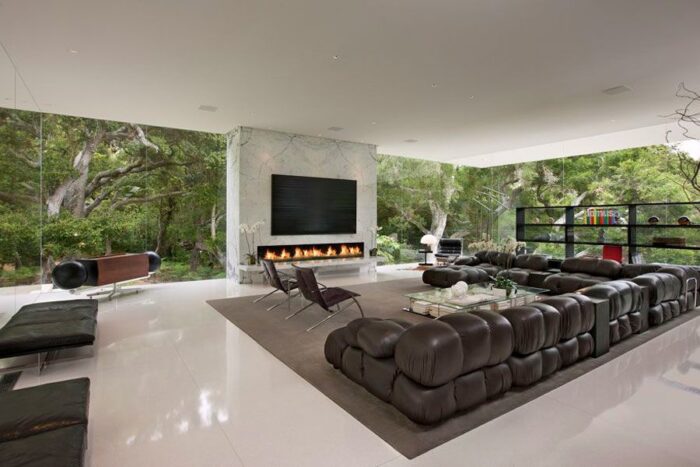
4. Conserve energy
There’s no misconception about structural glass that needs shattering more greatly than its persistent reputation as a culprit for energy loss. Due to advances in the technologies with which structural glazing is now produced, it is possible to ensure your living environment is as pleasant to inhabit as it is to look at all year round. Insulated glass walls can be almost as energy-efficient as cavity walls.
5. Save on electricity
Making use of the sun’s energy, glazed panels can raise or maintain temperature levels in response to changes in the great outdoors. Furthermore, whether you opt for double or triple glazing, the increased provision of natural light you’ll enjoy enables you to economise on electricity. In this sense, glass truly allows you to glow hard and glow home.
6. Get creative
When it comes to taking practical steps to render your dream designs in reality, the advantages of working with architectural glass are clear — (and indeed translucent or opaque!) — and they are rooted in its customisability and strength.
The ever-diversifying repertoire of manufacturing techniques available increases the range of what is possible. This remains the case whether your ideal design involves a unique composition of translucent glazing effects — such as sandblasting, acid etching or screenprinting — or installing bespoke architectural features such as a glass staircase and balustrades. There’s no glass ceiling, beyond your budget and the skills of your design and construction team!
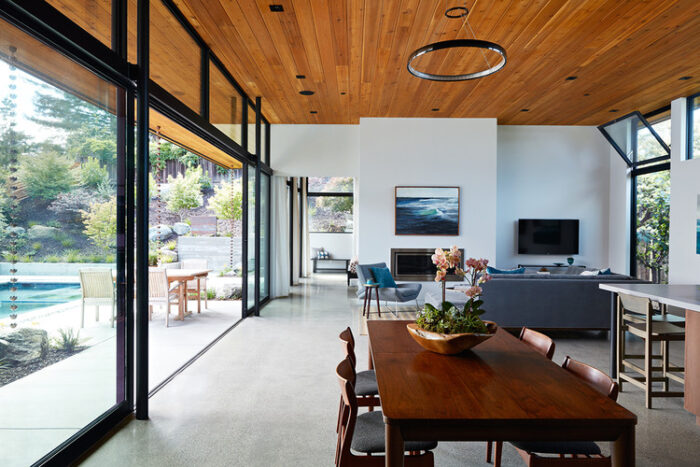
7. Switch it up
One of the most surprising benefits of incorporating glass into your home is that it doesn’t have to come at the expense of privacy. Always seeking to push the boundaries of what can be made possible in the living space, switchable and smart glass turn from clear to opaque at the touch of a button, the swipe of a screen, or the indication of a timer.
This means that you can enjoy connectivity between particular areas while restoring their sense of separation between rooms when it suits you. Stargaze through your skylight, or turn it entirely or partially opaque when shading from the sun.
8. Stay strong and secure
Homeowners — and particularly parents — are known to shy away from opting for glass installations. Glass doesn’t have the best reputation for its ability to withstand things such as, for example, errant footballs, and furthermore, there is an entrenched association between burglaries and readily-broken windows.
Contemporary glazing, however, transcends both these stereotypes. Today’s architectural glass gets its strength from extensive engineering processes such as lamination, in which multiple sheets of glass can be joined together, increasing durability and shatter-resistance. Relatedly, the fear of burglars breaking in through an easily-shattered pane has no place in the contemporary context of architectural glass. Bullet-proof, bandit-proof and even bomb-proof glass is now available; the range of security measures that can be incorporated into glazing designs make glass an ideal material for high-security buildings like airport terminals, banks, and museums, as well as homes.
9. Add value
When a property features an attractive glazing feature, this can significantly increase its net worth. Not only do glass installations usually expand the available living area, but they carry an inherent value in themselves. This is particularly the case when the latest manufacturing techniques are used to produce and install the glazing, or when technology such as switchable glass features in its makeup.
As well as bringing timeless style and infinitesimally increasing the scope for your enjoyment of your living space, your glass installation will stand the test of time, at the same time as increasing the value of the property.
By Rosalind Stone from Cantifix: architectural glazing with a difference.
